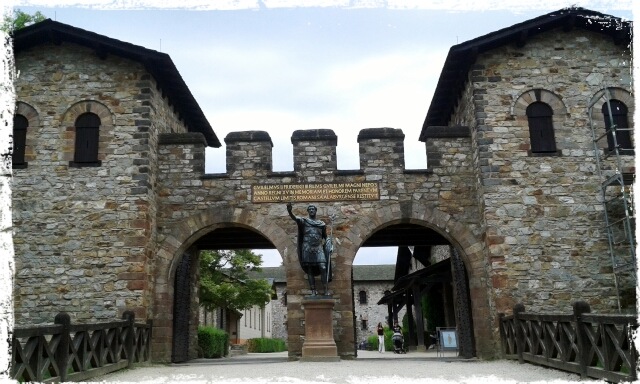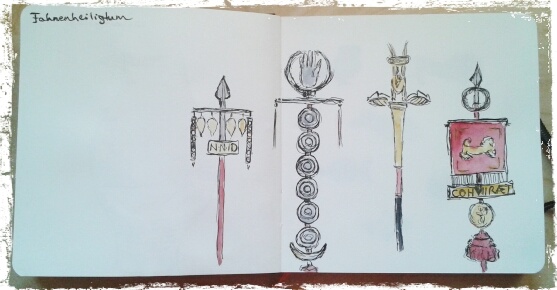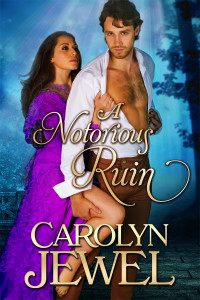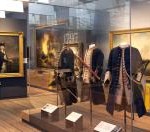Do you know the scene in Mary Poppins where Mary, Bert, and the children jump into one of Bert’s chalk paintings on the sidewalk? Something similar happened to me last weekend, though there were no dancing penguins involved nor any chalk drawings. Nevertheless, I suddenly found myself walking through the setting of a long-time favorite novel of mine.
Now, I have visited Britain often enough to know that strange feeling of familiarity that overcomes you when you walk through Burlington Arcade or take a peek into that seventh heaven of bachelorhood of the Regency period, Albany, or visit one of Britain’s numerous country houses: as a reader of historical romance, you’re bound to recognize these places from the novels you’ve read.
But what happened to me last weekend was a bit different, more visceral, probably because it was so unexpected: as a lover of Rosemary Sutcliff’s books set in Roman Britain, you don’t really expect to be easily transported back to that time by any place given that most of the remains of the Roman empire are mere ruins. Even Hadrian’s great northern frontier wall in Britain has been reduced to a mere stubble of its former existence.
I live near the lines of another of these great Roman frontier walls, the Germanic Limes, and a mere 40-minute drive from my town lies a reconstructed Roman fort, the first of its kind, re-built in the late 19th century.

Saalburg: Porta Praetoria (the main gate)
And as I was walking amongst the reconstructed houses, past the reconstruced barracks, I suddenly remembered a passage from one of Sutcliff’s novels, about how each Roman fort looks the same no matter where you are in the empire. They might not have looked exactly like the Saalburg (all the walls would have been white – something that historians back in 1900 didn’t yet know), but still I felt this sudden, keen connection to Sutcliff’s characters.
Indeed that feeling was so strong, that the sight of the eagle standard nearly made me burst into tears because I was so touched. (Alas, the Saalburg eagle not only is a fake, but it is also anachronistic, for these forts were manned with auxiliary troops rather than legions, and the auxiliaries didn’t have eagle standards. However, Kaiser Wilhelm II, who commissioned the building of the Saalburg museum, insisted on the eagle.)

The military standards at the Saalburg
What I always find so fascinating about visiting museums and all those British country houses is that, for me, it is always the small things, the everyday items, that makes me feel a connection to the people of the past who used them. Amidst the exhibits in the Saalburg, you can also find pretty Roman shoes (which would make perfect summer shoes!), pretty dishes and vessels (have I already mentioned that I have this thing about tea sets?)….

A small Roman vessel from the Saalburg
…as well as pretty fibulae, Roman brooches. These come in all shapes, including cute, colorful animals:

Roman brooches from the Saalburg
You can just imagine a gruff Roman soldier buying such a pretty brooch for his sweetheart. (And then you start to imagine all kinds of things, and all at once your Muse is yelling into your ear how wonderful it would be to write a novel set here at the old Roman frontier, and then she forces you to buy all kinds of research books and… Oh gosh, I don’t just have a tiny problem in regard to tea sets, but also in regard to research books! *blushes*)

My Muse made me do it
Now let’s hear it: Which setting of which novel or film would you like to visit? Pemberley, perhaps?














